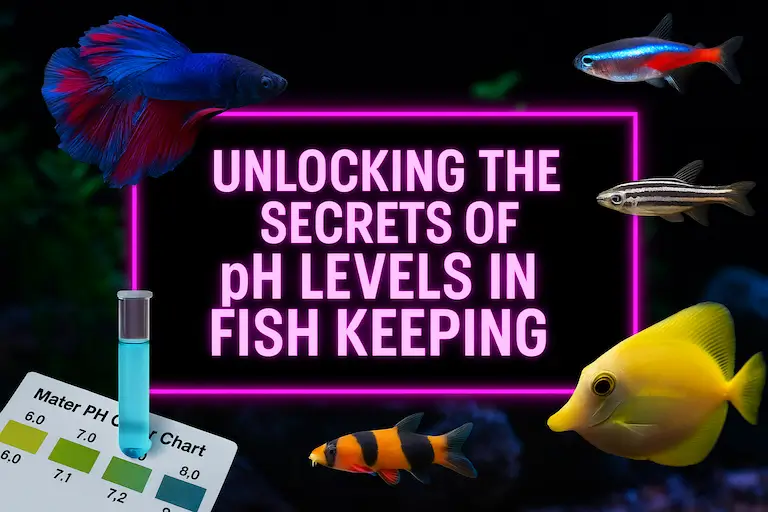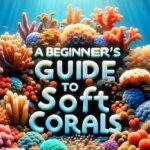Keeping Fish Happy and Healthy In Your Tank At Home
Tang Edition
Types of Food For Tangs
1. Algae-Based Foods: Offer a variety of algae-based foods such as dried seaweed (nori), algae pellets, and frozen algae sheets. These foods mimic their natural diet and help maintain their vibrant colours.
2. Vegetables: Tangs can also enjoy blanched vegetables like spinach, zucchini, and romaine lettuce. These provide essential vitamins and fiber.
3. Commercial Pellets: High-quality herbivore pellets or flakes fortified with vitamins and minerals are suitable for tangs. Look for formulations specifically designed for herbivorous fish.
4. Occasional Meaty Foods: While primarily herbivorous, tangs may benefit from occasional treats of small meaty foods like mysis shrimp or brine shrimp to supplement their diet with protein.
Feeding Frequency
Healthy Weight Indicators
1. Active Behaviour: Healthy tangs are active swimmers and foragers. If your tangs are lethargic or hiding, it could be a sign of malnutrition or illness.
2. Body Shape: A healthy tang should have a streamlined body shape without visible signs of emaciation or bloating. Their body should appear firm and muscular.
3. Colouration: Vibrant coloration is a sign of good health in tangs. Faded or dull colours may indicate nutritional deficiencies.
How To Prevent Lateral Line Disease In Tangs
Lateral line disease is a common health issue in tangs caused by poor nutrition, stress, or environmental factors. Proper feeding practices can help prevent this condition:
1. Balanced Diet: Ensure your tangs receive a varied diet rich in algae, vegetables, and essential nutrients to support their immune system and overall health.
2. Clean Water: Maintain excellent water quality by regular water changes, proper filtration, and removal of uneaten food to reduce stress and susceptibility to diseases.
3. Stress Reduction: Minimise stressors in the aquarium environment, such as aggressive tank mates or sudden changes in water parameters, to prevent compromising the tangs’ immune system.
Anatomy of a Herbivore
Understanding the anatomy of herbivorous fish like tangs can help you provide suitable nutrition. Tangs have specialised teeth and digestive systems adapted for consuming plant matter. Their elongated snouts and sharp teeth are designed for grazing on algae and scraping off surfaces.
Conclusion
Feeding tangs in a reef aquarium requires a balanced diet, proper feeding frequency, and attention to their health and behaviour. By providing a varied diet rich in algae and vegetables, maintaining optimal water quality, and minimising stressors, you can help your tangs thrive and enjoy their vibrant presence in your reef tank for years to come.









Yоur style is very unique in comparison to other fоlks I’vе read
stuff from. I appreciate you for postіng when you have the opportunity, Guess I’ll just
book mɑrk thiѕ web site.